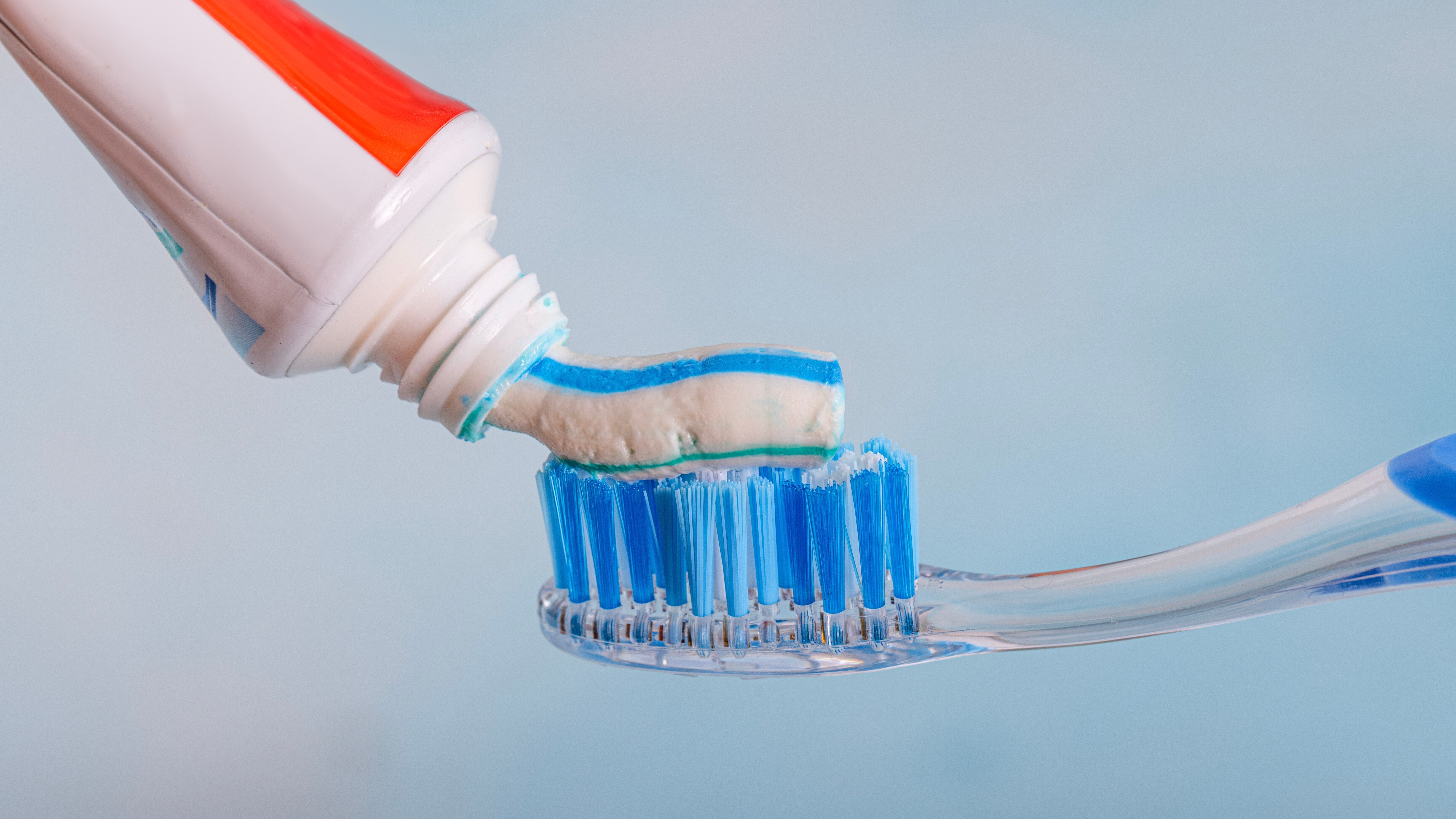Researchers build a fully edible transistor using tooth-whitening pigments found in toothpaste
Chips for lunch.

Researchers from Italy and Serbia have built a transistor made from copper (II) and phthalocyanine (CuPc), a famous whitening agent used in toothpaste. These materials can also be used as organic semiconductors. According to the researchers (via Advanced Science), aside from being marked safe for human consumption, CuPc remains stable for over a year and could work as an electrolyte-gated transistor operating at less than 1 volt.
We also do not need a massive amount of CuPc to build an edible transistor. According to the research, the average person ingests about 1mg of CuPc while brushing twice daily, 12,500 times more than the 80 nanograms needed to create a single chip.
Developing an edible transistor is crucial for further developing electronic medical devices that can be safely ingested for gastrointestinal (GI) tract testing. We already have capsule endoscopy, which uses a tiny wireless camera the size of a vitamin pill that a patient ingests. It then takes pictures or videos of the digestive tract for diagnostics. However, this procedure requires doctor supervision, and you must still pass it after completing the test. Furthermore, capsule endoscopy has no other sensor except the camera, so it's limited only to visual procedures.
However, with an edible transistor, bioengineers could develop a medical device incorporating sensors for detecting enzyme levels and other bodily chemical functions. And since they're edible devices that pose little to no risk to your health, you could easily take them without needing preparation and doctor oversight. This makes it highly suitable for early diagnosis and monitoring and could even automate future medical treatment.
Edible electronic components like electrolytes, batteries, supercapacitors, conductive pastes and inks, honey-gated circuits, and even sensors have already been proposed. But all these are limited without an edible transistor that would serve as the brains of the operation. So, by introducing a transistor using CuPc, we could create an entirely edible computer that could make diagnosis, treatment, and prevention much more accessible, quicker, and affordable.
Get Tom's Hardware's best news and in-depth reviews, straight to your inbox.

Jowi Morales is a tech enthusiast with years of experience working in the industry. He’s been writing with several tech publications since 2021, where he’s been interested in tech hardware and consumer electronics.
-
Notton Toothpaste was well known to be a good temporary TIM, and now you're telling me it's an edible transistorReply
Next thing I expect is it being perfect for speeding up e-ink displays.
Is there anything it can't do for PCs? -
USAFRet Reply
Temporary, as in "replace tomorrow" and "slightly better than nothing at all"Notton said:Toothpaste was well known to be a good temporary TIM, and now you're telling me it's an edible transistor
Next thing I expect is it being perfect for speeding up e-ink displays.
Is there anything it can't do for PCs?